
Jul 15, 2024
UBOAT - nihilcat
Dear captains,
There is a new patch ready for 2024.1 beta.
- Italian localization update by BeeTLe BeTHLeHeM.
- Russian localization update by Hard.
- German localization update by Ruby.
- Added an explanation on a crew list why a sailor was hospitalized, in case that he was hospitalized long-term with an unknown duration (currently it's the case only with tuberculosis).
- Fix: The cooldown for alarm and silent run in the TAB menu was counted only when the TAB menu was open.
- Fix: Item names weren't translated, when they were appearing as a requirement to select one of the options during an external interaction.
- Fix: Skill names that appear as a requirement to select one of the options during an external interaction, now have a suffix telling specifically that they are skills to avoid misunderstandings.
- Fix: Headquarters task details window wasn't always reliably disappearing after a click on the background.
- Fix: If a sailor assigned to radioman with a Medical Coordinator skill has treated a wounded crew member and he had wounds requiring hospitalization, there were several issues present afterwards - the exclamation above the sailor's head wasn't disappearing and he was moving away instead of sitting on the wounded crew member's bunk.
- Fix: Lock marker was appearing in a wrong position, if a periscope view was zoomed in using a control key.
- Fix: During a high time compression, wounded sailors could fall out of the boat's interior and drown.
- Fix: Volumetric lighting emitted by flars could have some artifacts when observed in FPP or in a gun manual mode view.
- Fix: On a first use under the water after starting a new campaign, the ventilation system wasn't refreshing the air. This issue may persist for one use in older game states.
- Fix: After loading a saved game state, it was possible to start in a FPP mode of a different character than the one which was being controlled when the game state was saved.
- Fix: If a periscope was fully extended at a periscope depth and then officer who was using it, was unassigned from it, the periscope visibility penalty was stopping to be updated and the periscope could be spotted even when the U-boat was deep under the water.
- Fix: Enemy aircraft could indefinitely circle around the port after an air raid. There was a similar fix in Preview 14, but it was happening in different circumstances.
Yours,
DWS
There is a new patch ready for 2024.1 beta.
Localization:
- Portuguese localization update by AlexShuma.- Italian localization update by BeeTLe BeTHLeHeM.
- Russian localization update by Hard.
- German localization update by Ruby.
UI:
- Added an option in the control settings to disable a confirmation popup that appears when attempting to swap between diesel and electric engines.- Added an explanation on a crew list why a sailor was hospitalized, in case that he was hospitalized long-term with an unknown duration (currently it's the case only with tuberculosis).
- Fix: The cooldown for alarm and silent run in the TAB menu was counted only when the TAB menu was open.
- Fix: Item names weren't translated, when they were appearing as a requirement to select one of the options during an external interaction.
- Fix: Skill names that appear as a requirement to select one of the options during an external interaction, now have a suffix telling specifically that they are skills to avoid misunderstandings.
- Fix: Headquarters task details window wasn't always reliably disappearing after a click on the background.
Crew:
- Fix (regression of Preview 22): The cook could stop to work in the game states saved in previous versions of the game. For game states already affected by this problem, please turn on/off the alarm or a silent run to make it work.- Fix: If a sailor assigned to radioman with a Medical Coordinator skill has treated a wounded crew member and he had wounds requiring hospitalization, there were several issues present afterwards - the exclamation above the sailor's head wasn't disappearing and he was moving away instead of sitting on the wounded crew member's bunk.
- Fix: Lock marker was appearing in a wrong position, if a periscope view was zoomed in using a control key.
- Fix: During a high time compression, wounded sailors could fall out of the boat's interior and drown.
Missions:
- Fix: After reaching a patrol target area and sinking at least a one ship, the GRT displayed among the objectives was having counted in all ships sunk before reaching the destination.Type II:
- Fix: It wasn't possible to open/close the hatch between the control room and the conning tower from FPP, while being in the control room.Achievements:
- Fix: Argentinian Escape achievement was impossible to obtain.Uboatopedia:
- Added a possibility to open Uboatopedia from the main menu (currently it's only partial, full document will be added before the full release).Ports:
- Fix: Citizens could still walk on water in Bergen.Graphics:
- Fix: The view was stopping to be updated and there were render pipeline errors present in the log, when looking from a certain spot in the bow torpedo room on Type VII U-boat towards the stern of the boat.- Fix: Volumetric lighting emitted by flars could have some artifacts when observed in FPP or in a gun manual mode view.
General:
- Fix: It was possible to undock from a port, even when there were goods loaded onto the U-boat, after switching to electric engines on the surface.- Fix: On a first use under the water after starting a new campaign, the ventilation system wasn't refreshing the air. This issue may persist for one use in older game states.
- Fix: After loading a saved game state, it was possible to start in a FPP mode of a different character than the one which was being controlled when the game state was saved.
- Fix: If a periscope was fully extended at a periscope depth and then officer who was using it, was unassigned from it, the periscope visibility penalty was stopping to be updated and the periscope could be spotted even when the U-boat was deep under the water.
- Fix: Enemy aircraft could indefinitely circle around the port after an air raid. There was a similar fix in Preview 14, but it was happening in different circumstances.
Yours,
DWS






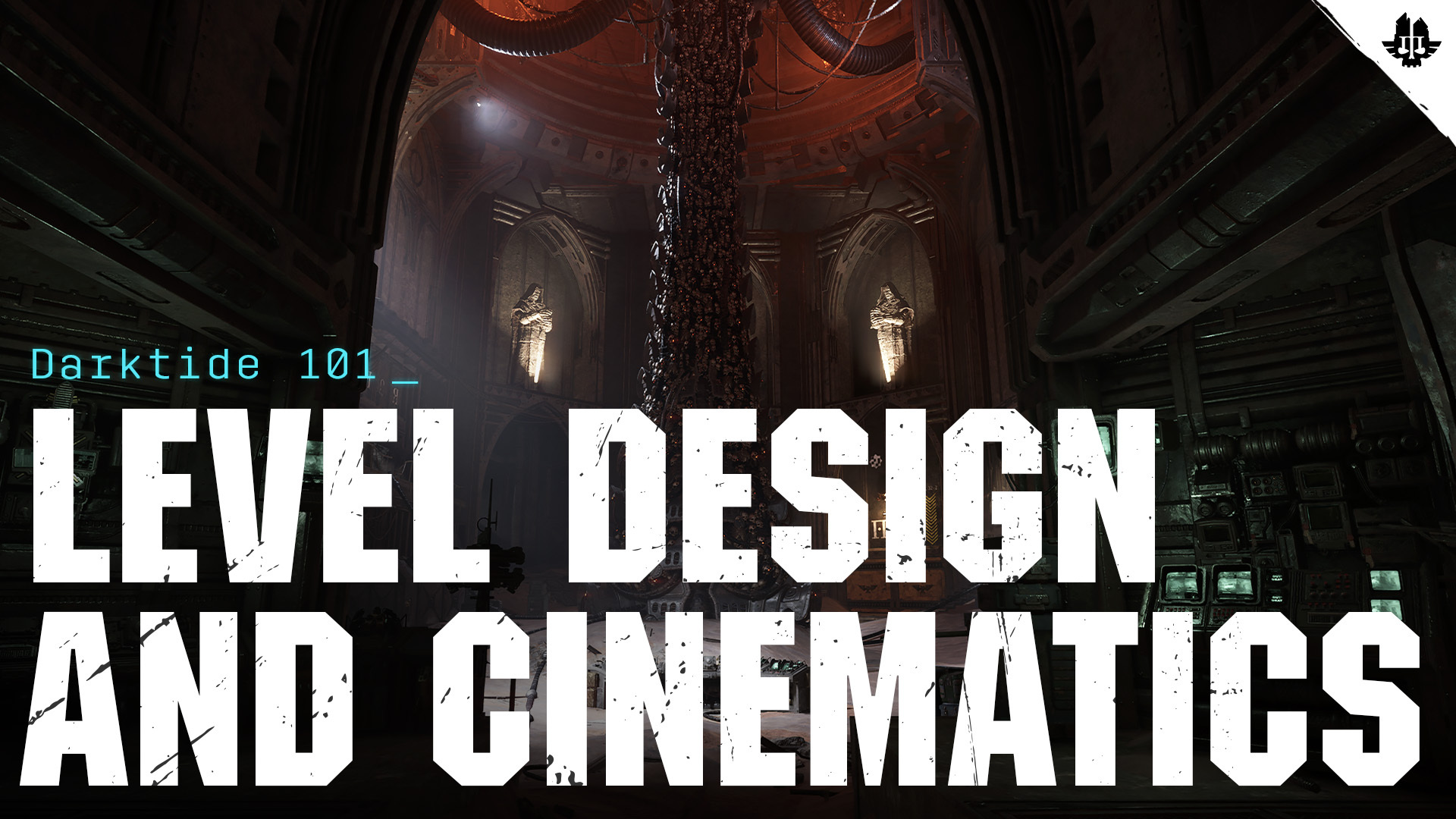
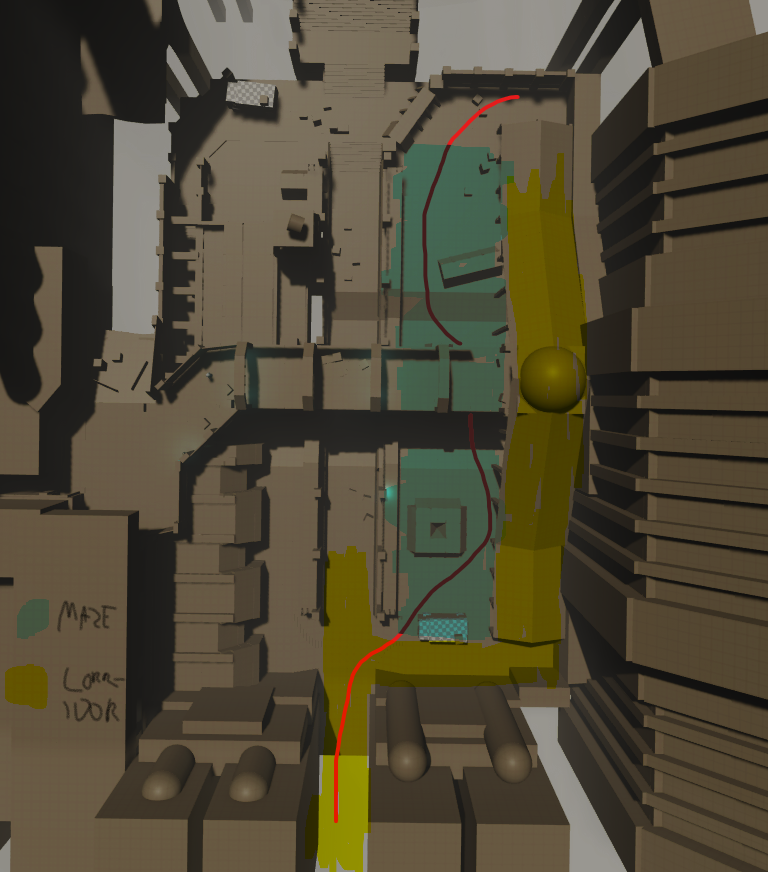
 Chasm Logistratum - Chunk 3
Chasm Logistratum - Chunk 3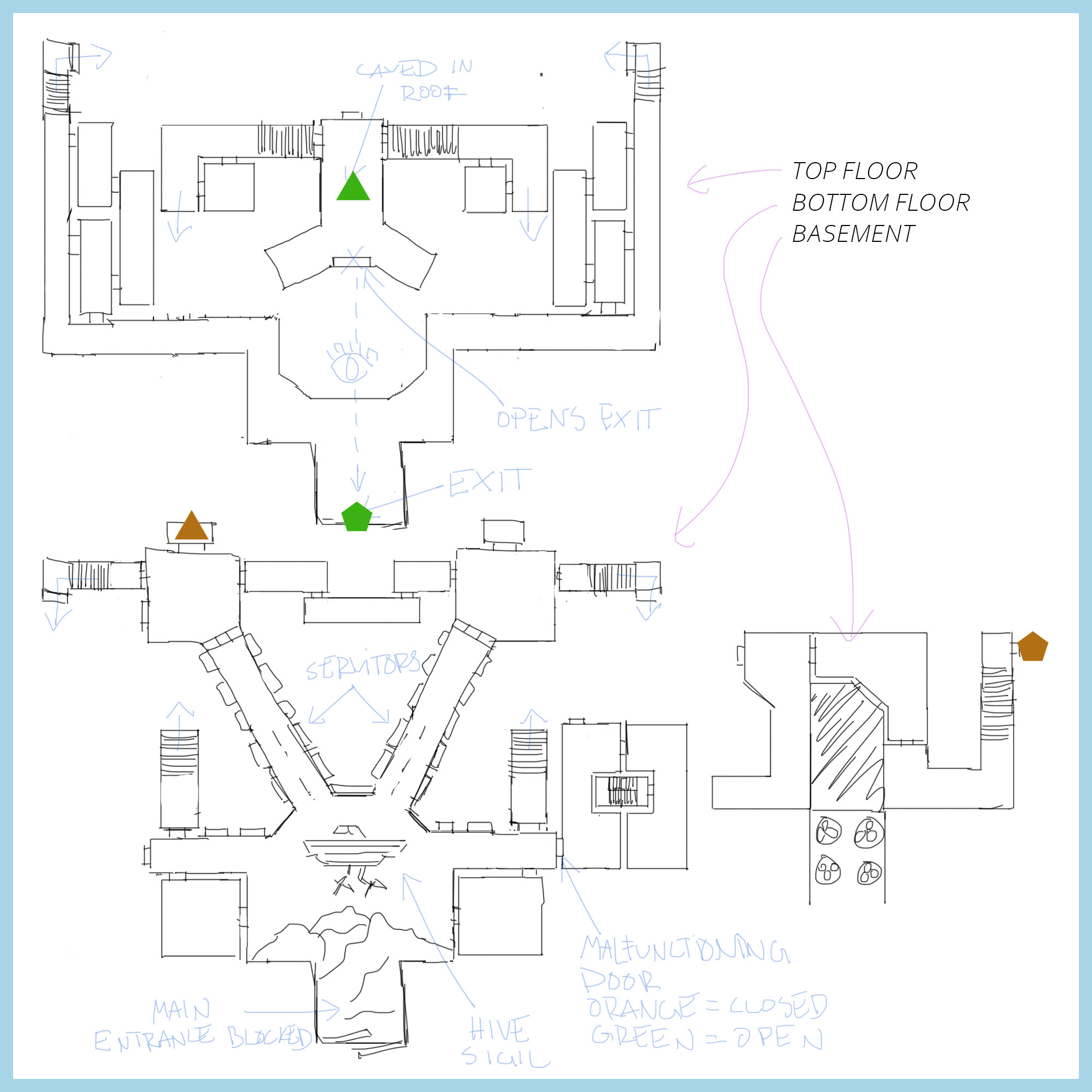 Chunk 1 - Relay Station TRS-150
Chunk 1 - Relay Station TRS-150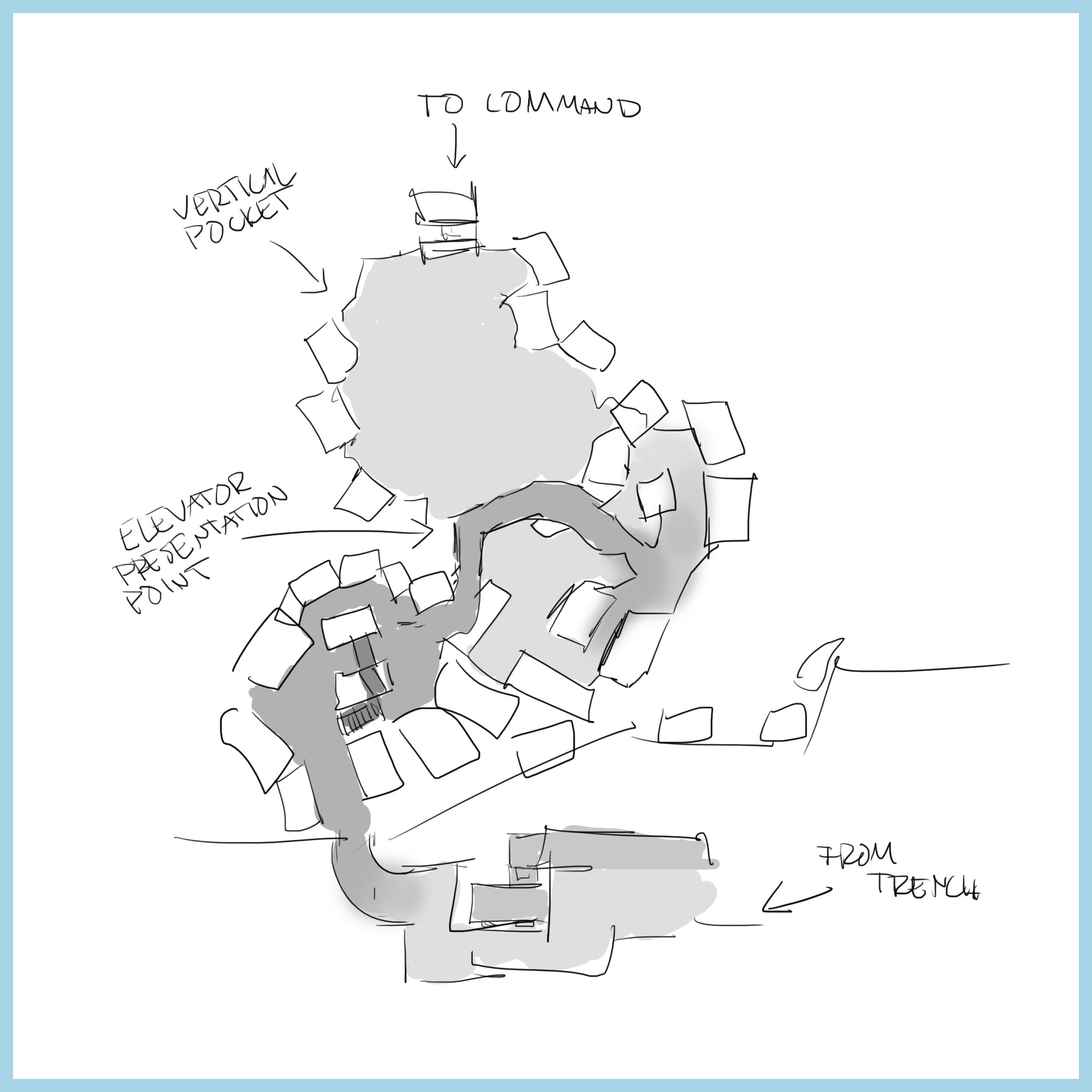 Chunk 4 - Relay Station TRS-150
Chunk 4 - Relay Station TRS-150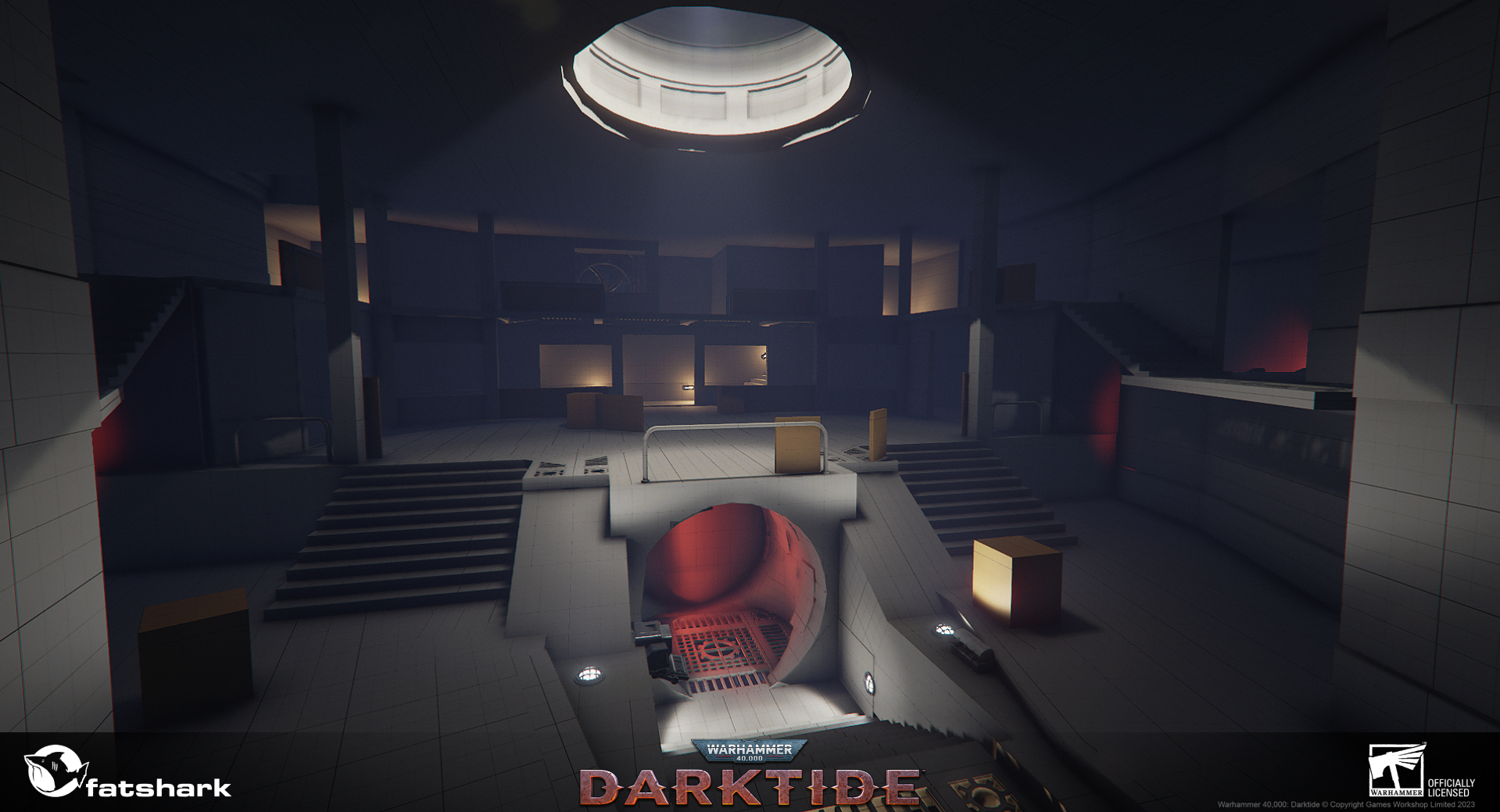 Chasm Logistratum Blockout
Chasm Logistratum Blockout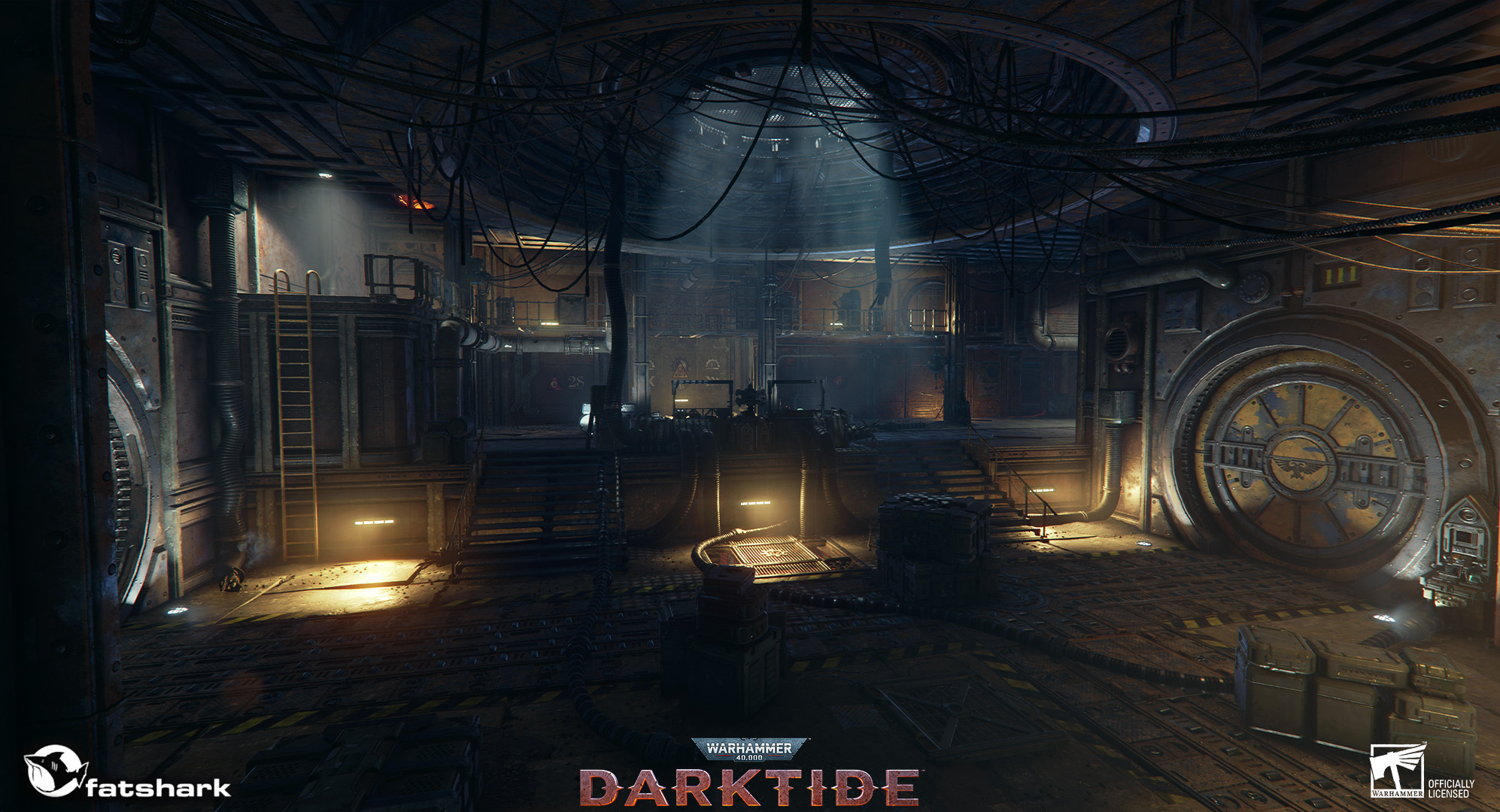 Chasm Logistratum Final
Chasm Logistratum Final 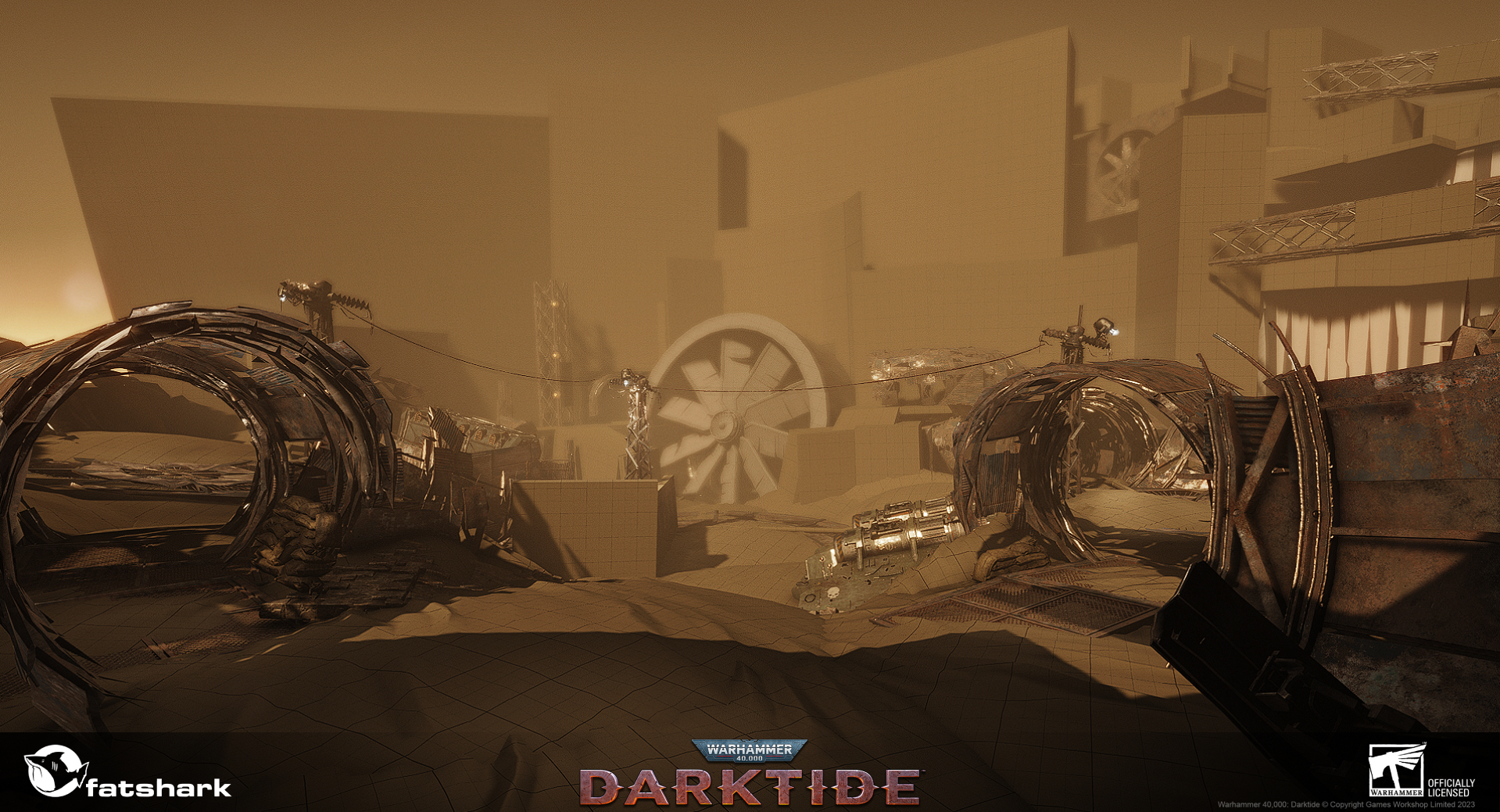 Relay Station TRS-150 Blockout
Relay Station TRS-150 Blockout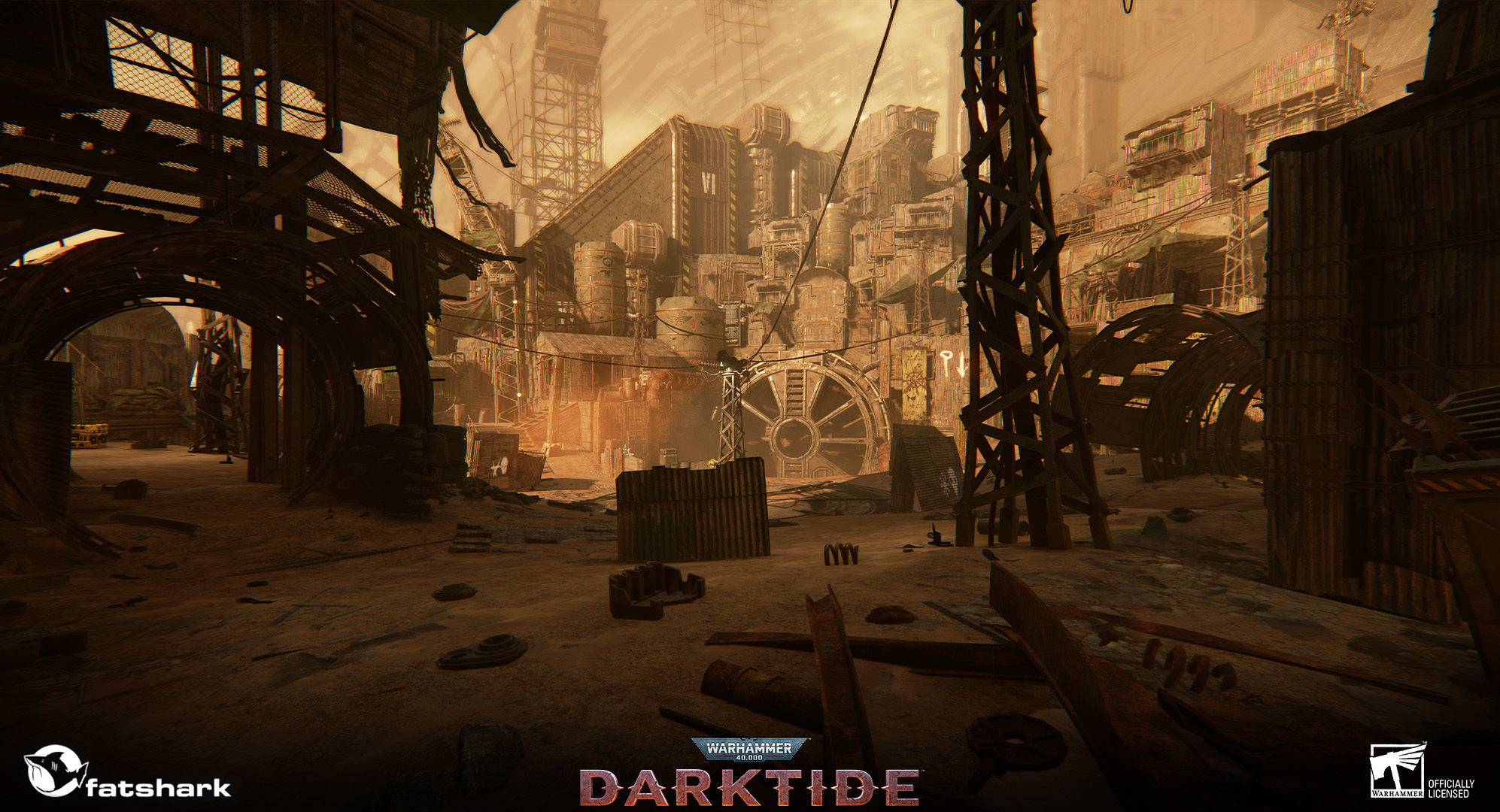 Relay Station TRS-150 Final
Relay Station TRS-150 Final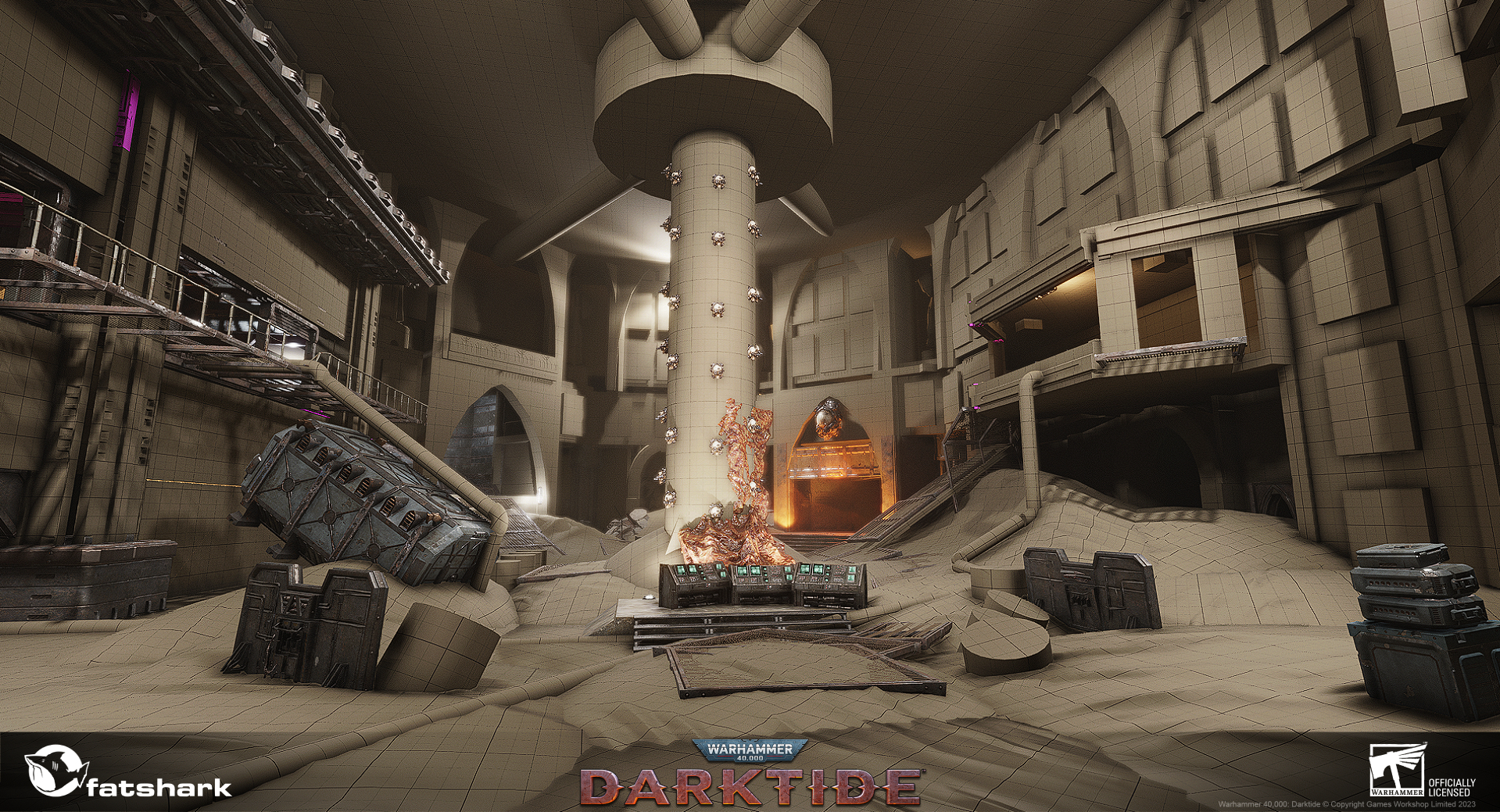 Excise Vault Spireside-13 Blockout
Excise Vault Spireside-13 Blockout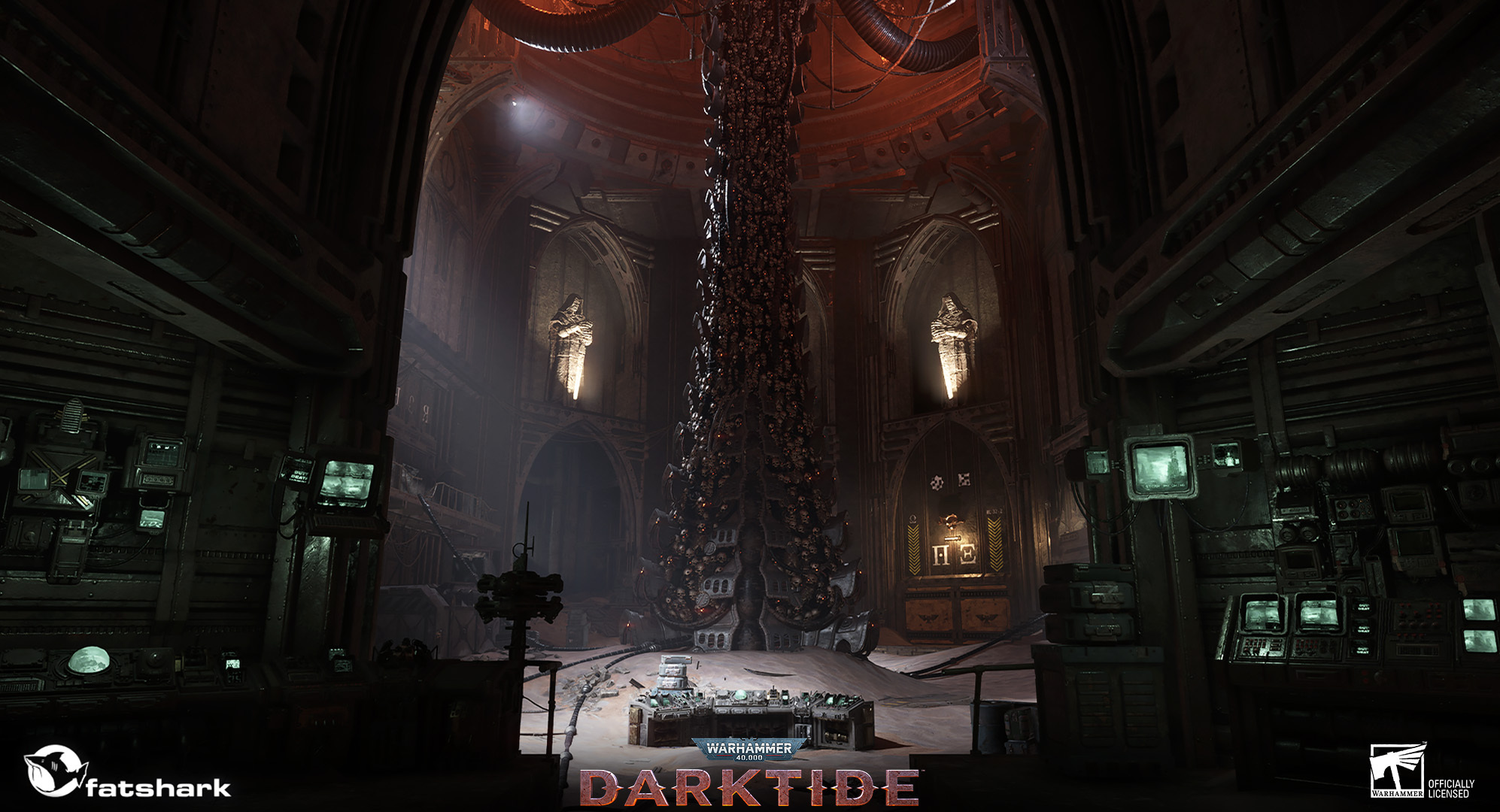 Excise Vault Spireside-13 Final
Excise Vault Spireside-13 Final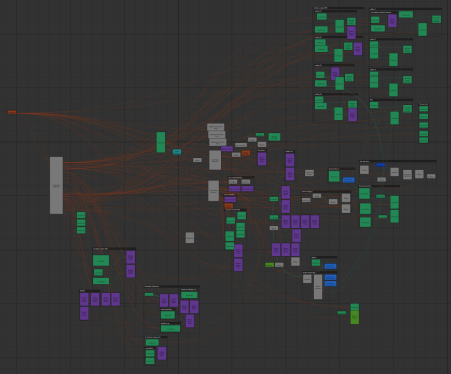 First Cutscene in Prologue in our Flow Editor
First Cutscene in Prologue in our Flow Editor





